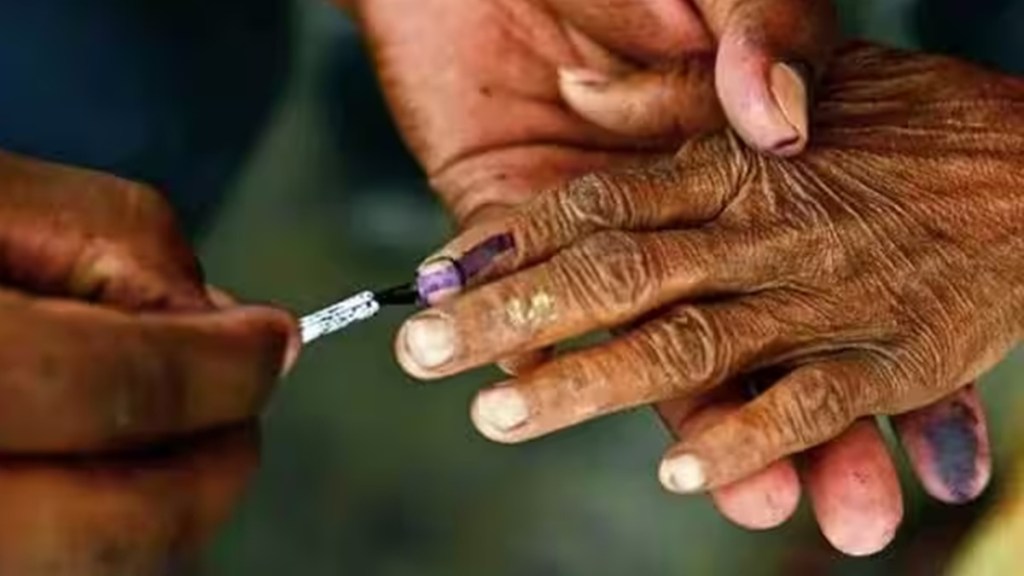The announcement of the Ram Nath Kovind committee which would examine the feasibility of simultaneous parliamentary and state assembly elections in the country—popularly phrased as ‘one nation, one election—underscores the Narendra Modi-led government’s seriousness of intent on the matter. Modi had himself endorsed this after his party won the general elections in 2019. The rationale for simultaneous elections in India is indeed a compelling one. The costs incurred by the Election Commission of India in conducting polls multiple times a year are staggering. The 2019 general elections alone set the exchequer back by Rs 10,000-12,000 crore, as per an estimate by the Centre for Media Studies, Delhi, vis-a-vis Rs 3,426 crore in 2014.
Simultaneous polls would substantially cut the operational, logistical, administrative, and other costs. This will also bring down the election spending of political parties that are often instrumental in helping candidates breach the cap on poll expenditure. The domino effect of this on black money is easy to imagine. It will also likely overcome the problem of voter fatigue and make voter turnout more meaningful—casting multiple ballots at one go would reduce the cost and time expenses of the voter in exercising her electoral rights for choosing representatives across levels of the legislature.
There are clear benefits for governance also. The Model Code of Conduct being in effect for the state and general elections means developmental work is stalled in some state or the other at different points of time in the year. It can be argued that it doesn’t apply to existing schemes and instead targets only such announcements that are likely to operate as sops to the voters, but the fact is the embargo has its own policy paralysis effect.
However, it’s also a fact that there is many a slip between what is ideal and what is implementable. To start with, simultaneous elections will need an amendment of the Constitution, since fixing a starting date would automatically mean that the terms of state and UT assemblies either need to be extended or shortened. It will also need amendments to the Representation of the Peoples Act 1951 and the Rules of Procedure of the Lok Sabha and the state Assemblies. Then, it will need to be ratified by at least 50% of the state/UT Assemblies, as the Law Commission of India recommended in its 2018 report on the feasibility of simultaneous elections.
Also, the impact on decentralisation and federalism—the focus of the opposition to the idea—need to be examined more thoroughly. There is a need to ensure that local issues don’t get sidelined by the dominance of the narrative at the national level. The process also needs to uphold the strength of India’s representative democracy. To illustrate, the Law Commission noted in its 2018 report that a no-confidence motion could lead to the fall of Lok Sabha/state assembly before its term ends. It recommended a constructive no-confidence vote, where the government is only removed if an alternative government can be established. However, this itself defeats the premise of a no-confidence motion which aims to establish the inability of a government to render its functions in the desired manner. The short point is that the path to ‘one nation, one election’ is quite challenging. The government must not rush into it and hold extensive discussions with stakeholders before taking such a crucial decision.
